5 Native Plant Species That’ll Compliment a Tennessee Garden
Gardening is therapeutic. Few things in life can replace the blissful blend of a light breeze, bright sun and aromatic flowers when working in your Tennessee garden.
However, intensive gardening can be laborious.
You have to plant, water, monitor, prune, weed, and do so much more to keep your plants healthy and vibrant. And that’s why I emphasize choosing the right plants, to begin with. In this case, native plant species that grow in the local area (ours being Knoxville and East Tennessee).
Why Choose Native Plants for Your Tennessee Garden?
Indigenous plant species grow naturally in the environment they’re accustomed to, meaning that you don’t have to exert too much effort and resources to ensure their growth. Native plant species can also have other direct and indirect benefits to the environment.
Today, I’ll examine a variety of plant species native to Tennessee which homeowners can incorporate into their landscapes.
Benefits of Growing Native Plants in Your Tennessee Garden
The advantages of growing native plants go beyond having less work to do in the garden. In the name of sustainability and self-sufficiency, they also allow natural cycles in your garden to be established.
- Act as a Natural Thermometer – Many plant species exhibit certain behaviors or characteristics when temperatures change such as petals opening or closing. Therefore, having a native plant can give you indications as to how the current state of weather will affect your Tennessee garden. But these changes in foliage are even sufficient enough to serve as your own “meteorologist”, informing you that it may be time to put on a coat before walking out the door.
- Act as a Natural Conservatory / Animal Habitat – When you have a fair amount of certain plant species, especially native ones, you encourage animal species to feed on them. Native animal and insect species do not feed on exotic plants which in turn grow so prolifically that they crowd out our more desirable native plants.
- Many are edible – With sufficient pollination comes fertile grounds, allowing fruits and vegetables to grow in plentiful fashion (assuming you grow them).
What are Five Native Plant Species in Tennessee?
Tennessee is home to a variety of plant species, some of which you are familiar with, others you might not have heard of before.
The biodiversity here in Tennessee is due to our temperate climate. You can find a wide mix of plant types. Here’s a look at five native plant species I recommend for your Tennessee garden.
Asters
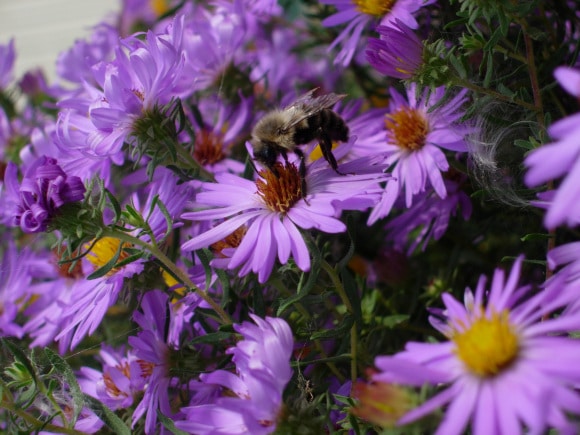
These perennials do require a bit more attention than other plants on this list, but the payoff is worth it. In the summer and fall, they’ll reward you with vibrant blue and lavender flowers. They require full exposure to the sun and thrive best in moderately dry to dry moisture.
Aster’s are fairly hardy, able to grow in somewhat poor soil including clay, and develop drought resistance once they’re established. Yet still, they can grow up 1-6 ft. in height.
Asters are also a great habitat for insects, especially for the bees and butterflies they attract.
Bee Balm
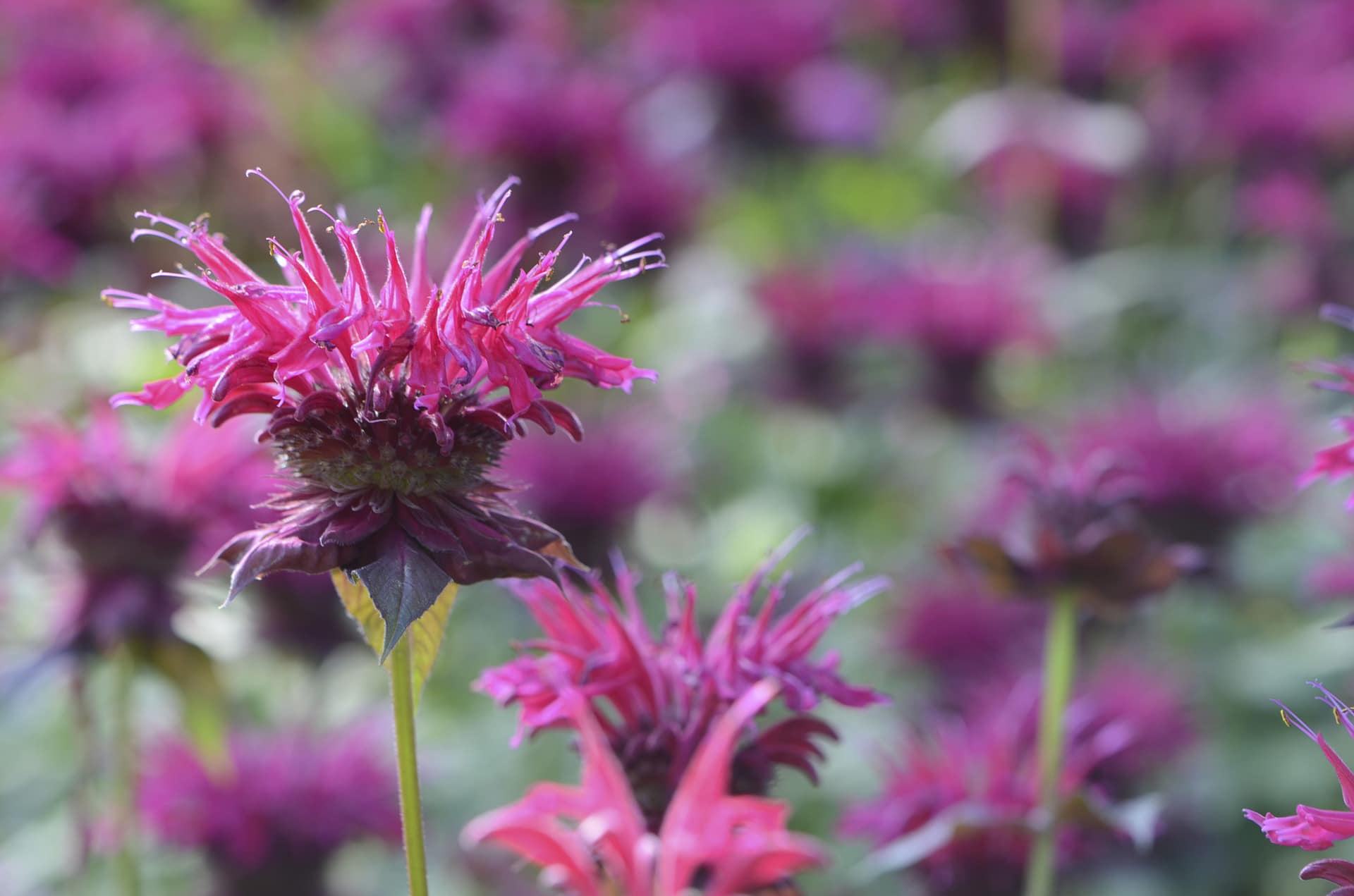
If you want a blast of pleasant colors and fragrance, then you’ll want to keep plant bee balm in your Tennessee garden. When they bloom, they unleash flowers colored red, pink, purple or white, and these blooms are wonderfully fragrant. You can plant these perennials in the spring or fall.
They grow best in the presence of full sunshine but also do okay in partial sun (although they won’t bloom as well). Bee balms can reach 2-4 feet in height, so their presence will be unmistakable. With that said, they’re a fantastic pollinator (and habitat) as they attract hummingbirds, bees and butterflies.
River Oats
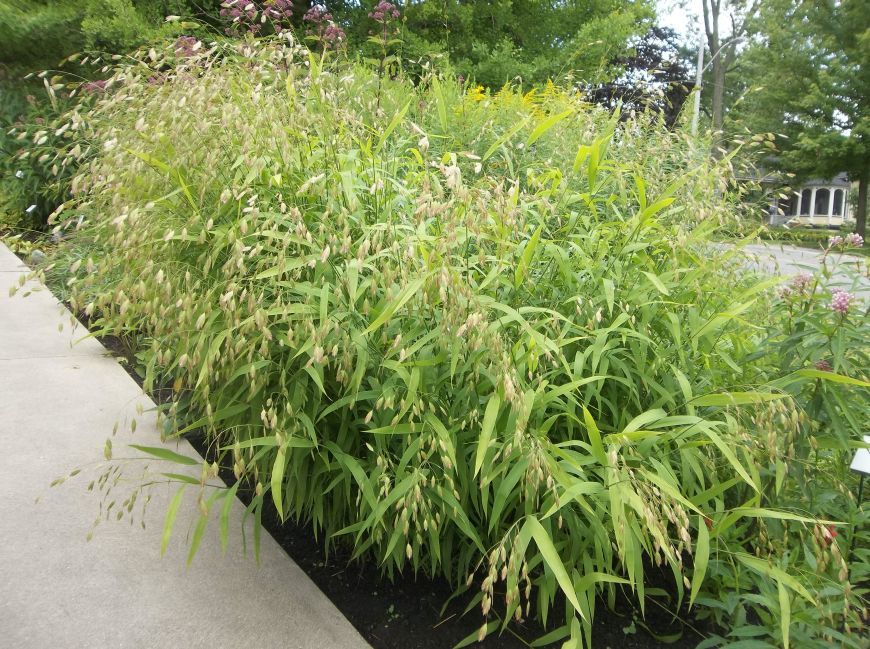
If you’re into ornamental grasses, then you’ll want to look into growing some River Oats. They’ve got a distinctive look. You’ll notice their drooping seed heads, which hang in slightly arching stems in the summer. They also add a dash of color to complement neighboring plants in the fall.
Autumn is the time when the seed heads turn purplish bronze and its normally green leaves turn coppery in frost. They grow up to 2-5 ft. tall and 12-18 inches wide. River oats thrive best in full sun, but they can grow in partial sun/shade if the soil is average, medium to wet and well-drained. A side note, these plants were highly valued by the Native Americans as they were a major food source.
They can grow in poor soil but fertile soils are better. And when it comes to hardiness, River Oats is your perfect match. They are pest-free, disease-free and need little care whatsoever. A word of caution, River oats can be pretty aggressive so place these where you won’t mind them filling in quickly.
Columbine
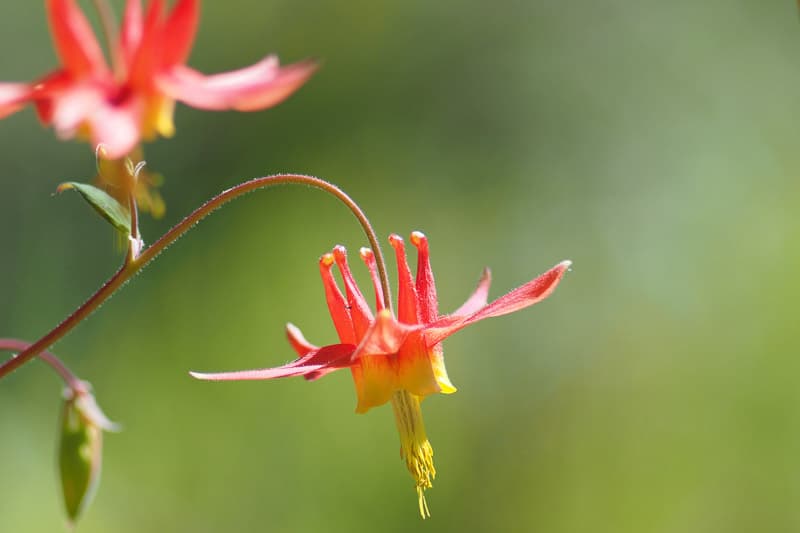
Also known as wild columbine, this perennial is known for its intricately-designed and expressive flowers. The flowers are a red and yellow nodding shape, with petals spurring outward and alternating with spreading, colored sepals and many yellow stamens that hang under the petals.
There are also compound leaves, which are divided into round-lobed threes. It’s quite a sophisticated yet beautiful design (as you can see above). The tubes in the leaves supply nectar for long-tongued insects and hummingbirds, making these plants a perfect habitat and pollinator for your Tennessee garden. Another benefit of columbine it that it travels well. Through annual reseeding, you will soon find in parts of your garden where you hadn’t originally planted it. Don’t worry though as it is one of those plants that seems to disappear after flowering so it won’t be very noticeable as it moves about.
Woodland Phlox
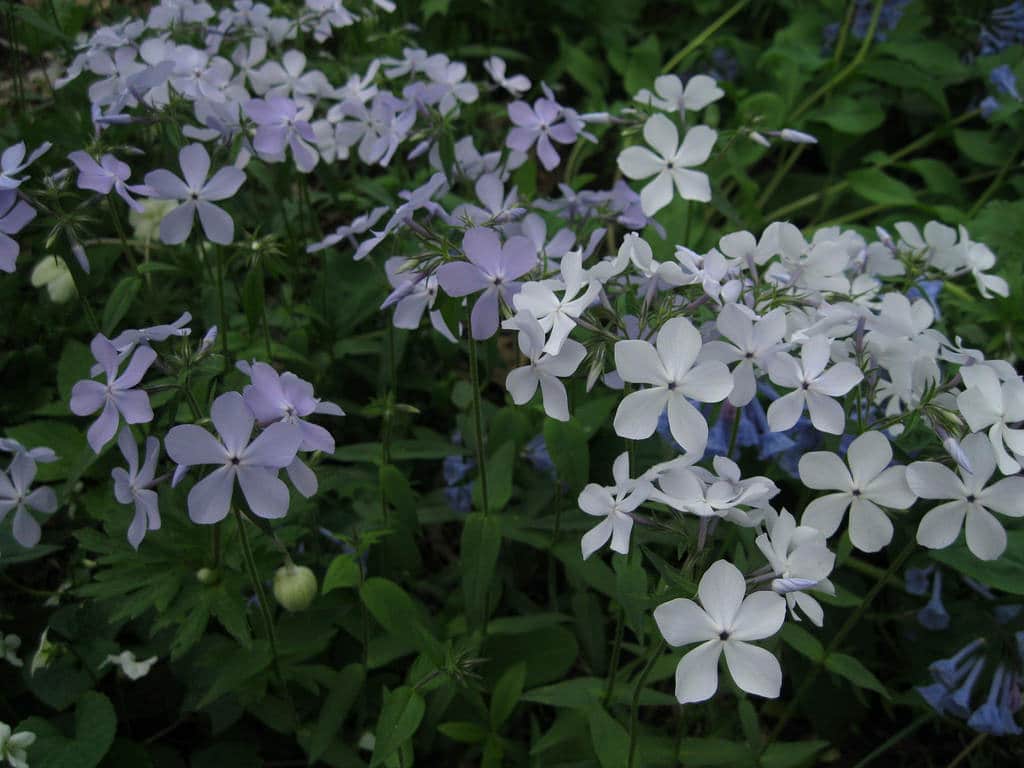
Yes, this one is a perennial as well. You can find woodland phlox is throughout North America – including here in Tennessee – and they’re known for their hairy, sticky leaves. The root system of these plants forms a loose “carpet” of foliage that can reach a foot or more in height.
The flowers of the woodland phlox are bright and fragrant, arriving in loose clusters at the tips of the stem during the spring. Each flower has five petals in different shades ranging from sky blue to deep blue and violet.
Unlike its cousin, the creeping phlox, the woodland phlox thrives in partial shade. This slow-spreading flower is a great pollinator and habitat for bumblebees, hummingbirds, skippers, clearwing and sphinx moths, and tiger swallowtails. Although native, seek out varieties that are resistant to powdery mildew (a cultivar of a native plant is called a “nativar”).
When Nature is Right At Home in Your Garden
When looking at contemporary landscaping design in its broader sense, it’s easy to be distracted by exotic plants from far away. However, the use of native plant species in one’s garden should always be a priority, whether you’re inspired by Tennessee landscape ideas or from other locales. They will make your load light in the garden, allowing your Tennessee garden to sustain itself – and you.
Need guidance on what native plants you should put in your Tennessee garden? Get in touch with me for some pointers.






